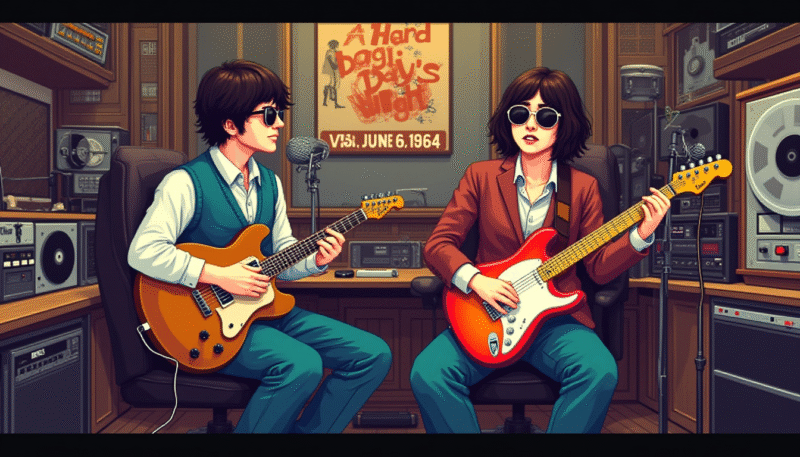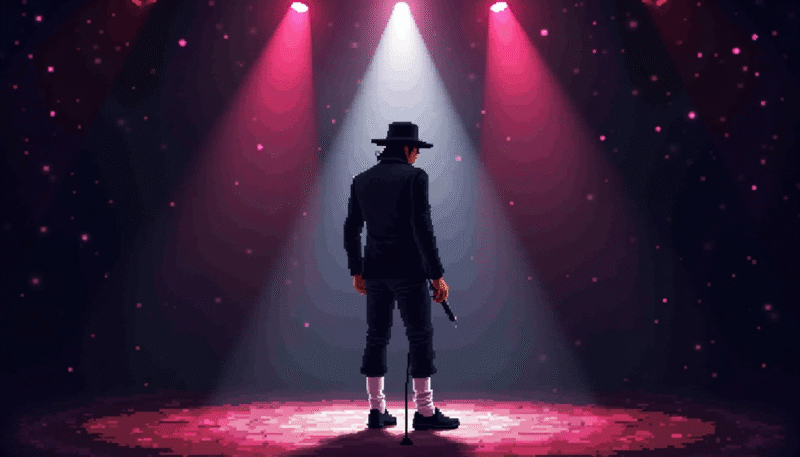On February 19, 1878, Thomas Edison patented the phonograph and paved the way for everything we hear today: music, audiobooks, podcasts, and WhatsApp messages that last longer than 5 minutes (which, by the way, are a modern problem he didn’t foresee).
But the real innovation of the phonograph wasn’t just recording sound; it completely changed how we consume content. Before it, if you wanted to hear music, you had to be LIVE, in the right place, at the right time. After the phonograph, music became a scalable and accessible product.
📌 So, what can we learn from this?
3 Lessons from the Phonograph for Digital Creators and Entrepreneurs
🎵 1. New Technologies Create New Markets
The phonograph not only changed how music was recorded but also created an entire industry of audio reproduction and distribution. Similarly, AI, the metaverse, and Web3 are shaping the future of content creation.
📢 2. If You Control Distribution, You Control the Game
Edison understood that it’s not enough to create a good product; you need to master how it reaches the audience. Today, those who understand SEO, social media, and streaming platforms have an edge in the digital economy.
🚀 3. Reinvention is the Key to Longevity
The phonograph evolved to vinyl, then cassette tapes, then CDs, and finally to streaming. If you want to survive in the creative market, you must be willing to adapt constantly.
💡 Conclusion: Creativity and technology go hand in hand. The secret to success is knowing how to leverage innovations to create new opportunities.
👉 Want to learn how to turn creativity into business? Join our community at www.afteriscool.com!








